Identifying rosacea involves recognizing a range of symptoms that can vary in severity and presentation. These symptoms often manifest differently depending on the individual, making each case somewhat unique. Facial Redness: One of the most noticeable signs of rosacea is persistent redness on the face, particularly on the cheeks, nose, or forehead. In some instances, this redness can extend to the neck, ears, chest, and even scalp. This constant flushing can be quite distressing and is often one of the first signs noticed by individuals affected by rosacea. Visible Blood Vessels: Another common symptom is the appearance of telangiectasia, where small blood vessels on the cheeks and nose become dilated and visible. These tiny, broken capillaries can create a web-like pattern on the skin, contributing to the overall redness and discomfort. Swollen Red Bumps: People with rosacea frequently experience acne-like breakouts characterized by swollen, red bumps that may contain pus. These lesions can make the skin feel warm and tender to the touch, causing significant discomfort and emotional distress. Eye Issues: A significant number of rosacea sufferers also encounter ocular symptoms, ranging from mild dryness and irritation to more severe conditions such as swollen, crusty eyelids or even styes. Some individuals may even experience these eye-related issues before noticing any skin changes. An Enlarged Nose: In rare cases, rosacea can lead to rhinophyma, a condition where the skin on the nose thickens and becomes swollen, giving it a bulbous appearance. This symptom tends to occur more frequently in men than women. These symptoms help classify rosacea into one of four subtypes: Over time, many individuals with rosacea develop permanent redness across the central part of their face, a condition that can persist despite treatment efforts. Rosacea presents itself differently from acne, though the two conditions share some overlapping symptoms. Rosacea can present as a constant red nose and cheeks, occasional flushes of redness, visible thread veins, thickened facial skin, tender bumps resembling acne but appearing intermittently, and persistent yellowish pimples. While oily skin and enlarged oil glands are often linked to rosacea, common acne treatments like benzoyl peroxide might irritate the skin rather than provide relief. In contrast, acne is typically associated with younger individuals, yet nearly one in five adults aged 25 to 44 experiences breakouts. This condition is marked by hormonal fluctuations leading to excess oil production, resulting in whiteheads and blackheads primarily affecting the jawline and neck. If you're uncertain whether you're dealing with rosacea or acne, consider signing up for a FREE skin consultation with us today. During your consultation, we'll discuss your concerns and conduct a comprehensive skin assessment using advanced technology to determine the best course of action tailored specifically for you. Our consultations take place in a relaxed setting where we evaluate your skin type and recommend personalized solutions. Utilizing cutting-edge dermatological tools, CoLaz can detect early signs of underlying skin issues such as rosacea, scars, and hyperpigmentation that aren't visible to the naked eye. This detailed analysis allows our specialists to create a customized treatment plan addressing your specific needs. Whether you're struggling with aesthetic concerns or experiencing psychological distress due to your skin condition, CoLaz offers effective treatments designed to deliver real results. The psychological toll of rosacea is often overlooked but should not be underestimated. Beyond its physical manifestations, rosacea can significantly affect self-esteem and social interactions. Individuals affected by rosacea often report feelings of embarrassment and low confidence, which can intensify during flare-ups when facial redness becomes more pronounced. This emotional strain can create a cycle of anxiety and further exacerbate the condition. While rosacea is generally considered a localized skin disorder, recent studies suggest potential links between rosacea and systemic health issues. Moderate to severe cases have been associated with cardiovascular problems, high cholesterol levels, hypertension, metabolic disorders, and gastrointestinal diseases. Rosacea sufferers often have sensitive skin and must exercise caution when selecting skincare products. Although there is currently no definitive cure for rosacea, understanding your personal triggers can help manage flare-ups effectively. Common environmental factors that may provoke symptoms include: Although the exact cause of rosacea remains unclear, research indicates that patients' blood vessels tend to be more reactive compared to those without the condition. At CoLaz, we prioritize offering state-of-the-art treatments for managing various skin conditions. Schedule a FREE skin consultation with us to explore your options and receive a personalized treatment plan crafted exclusively for you. Explore our available therapies below to discover how we can assist with your rosacea management: Intense Pulsed Light (IPL) therapy targets multiple skin concerns beyond just rosacea. By addressing melanin for hyperpigmentation, IPL also improves fine lines, large pores, and rosacea symptoms. This popular rejuvenation procedure aims to restore clarity, healthiness, and youthfulness to the complexion. Our Light Therapy uses blue and red LED lights to address rosacea symptoms through complementary actions. These lights engage deeply with skin cells, triggering a photo-biochemical reaction that stimulates cell regeneration and enhances collagen production. This process promotes skin rejuvenation while reducing bacteria count, ultimately improving skin texture and appearance. Designed for versatility across different skin types, our YAG laser therapy proves effective for both fair and darker complexions. For treating rosacea, we customize our approach by adjusting the spot size and handle settings to optimize outcomes. Typically, six to eight sessions are recommended to achieve lasting improvements. Herbal Supplements,Imported Red Ginseng Essence,Herbal Supplements Ginseng Extract,Sting Red Ginseng Energy Drink Yanbian Dangun Pharmaceutical Co., Ltd. , https://www.tanjunpharmacy.comUnderstanding Rosacea Symptoms
Rosacea vs. Acne
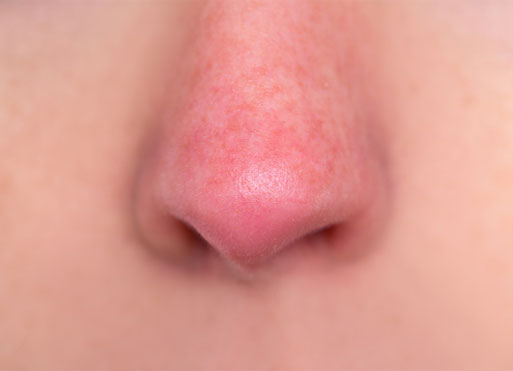
Still Unsure?
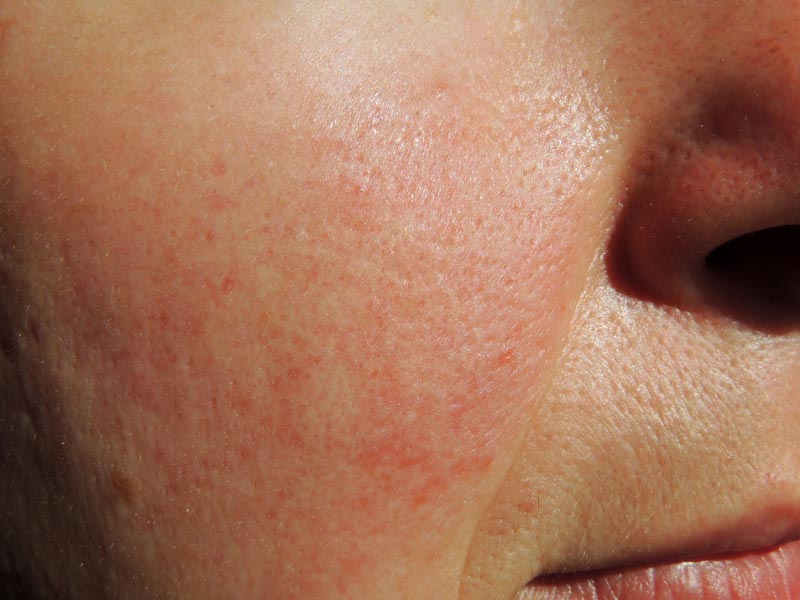
The Psychological Impact
Identifying Triggers
CoLaz Treatments for Rosacea
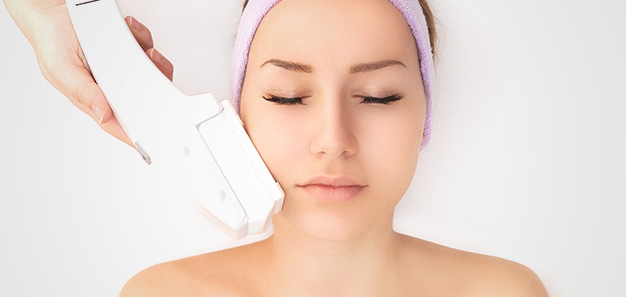
IPL Skin Rejuvenation
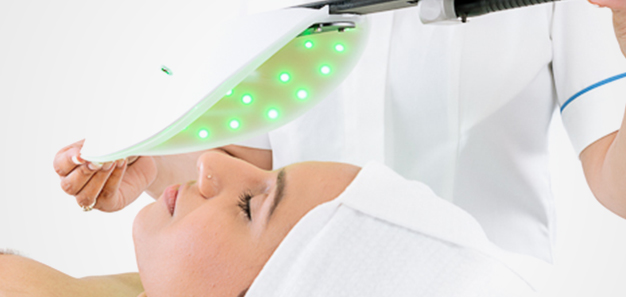
LED Light Therapy
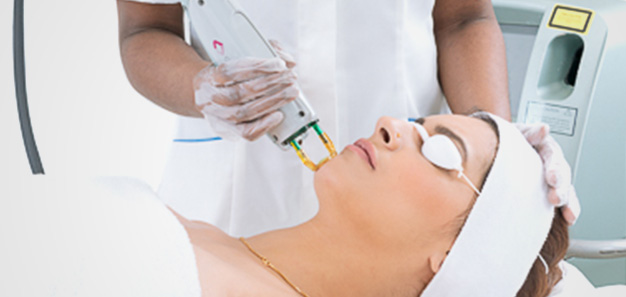
YAG Laser Treatment
All You Need to Know About Rosacea
Next Article
Chlorella vs. spirulina
Prev Article
5 Tips for Raising Smarter Kids